How women's Olympic leotards have evolved over the last 85 years
Caroline Praderio,Anneta Konstantinides

- Women's Olympic gymnastics leotards have dramatically changed since the first competition in 1936.
- The leotards used to be much plainer and had little to no embellishment.
- But crystals - and lots of them - have become the dominating trend since 2000.
When women's gymnastics was first introduced to the Olympics in 1936, leotards were quite different than they are today.
In 1948, Cissie Davies's uniform at the London Games even had a skirt.
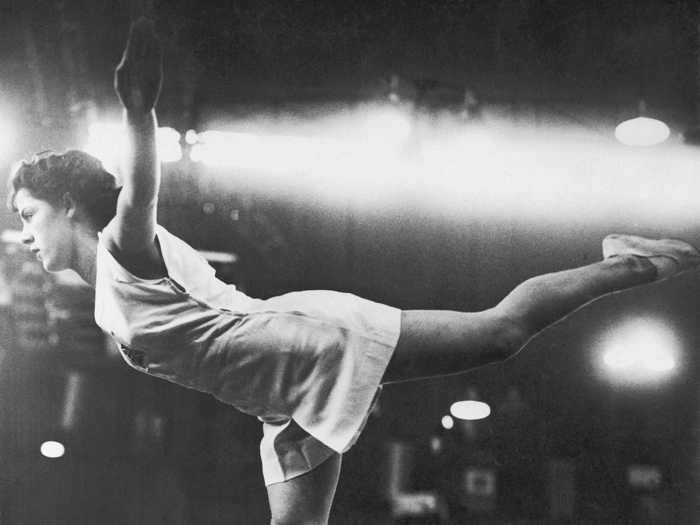
They were also much plainer.
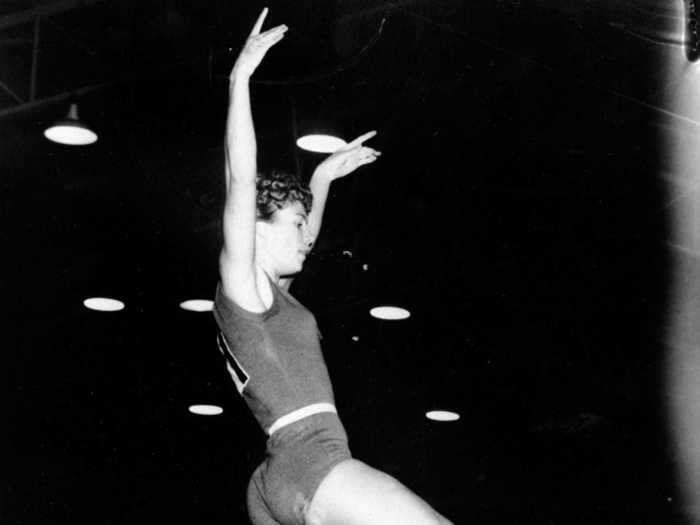
Nadia Comaneci wore a humble white leotard with thin stripes when she scored her historic perfect 10 on the uneven bars in 1976.
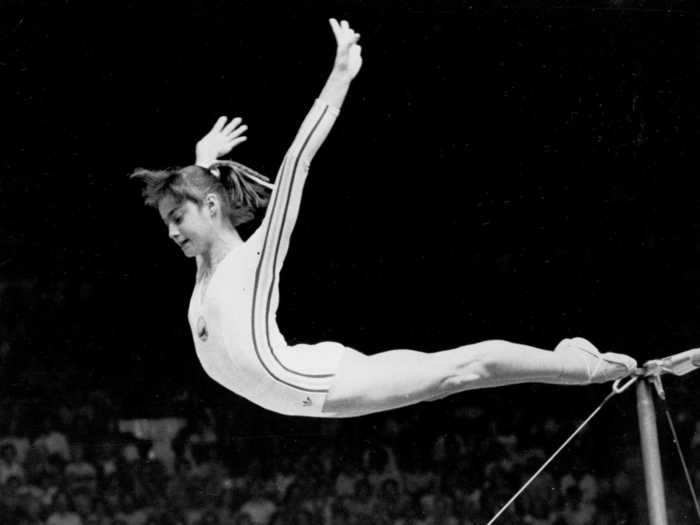
Source: The New York Times
Many early leotards also had small embellishments on the chest.
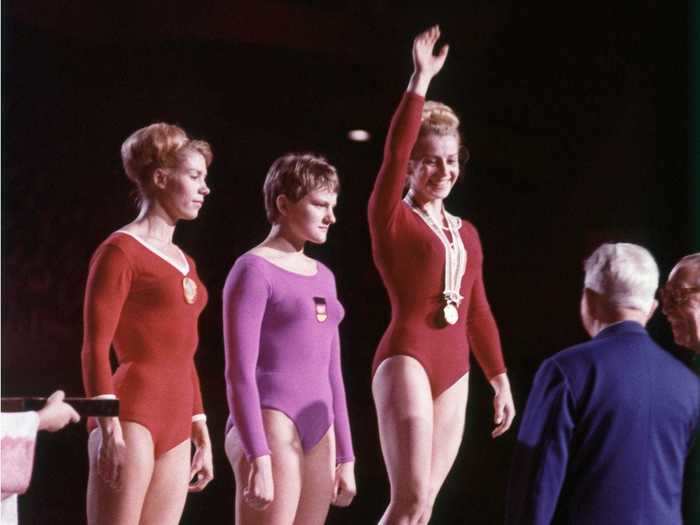
In the early 1980s, leotard manufacturers began using a new material called lycra that made the garments more form-fitting.
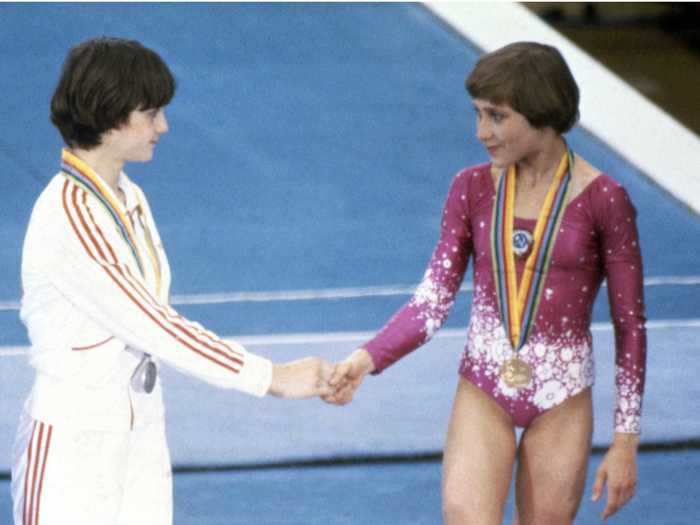
Source: The New York Times
Mary Lou Retton introduced the world to bold, graphic designs with her stars and stripes leotard at the 1984 Los Angeles Games.
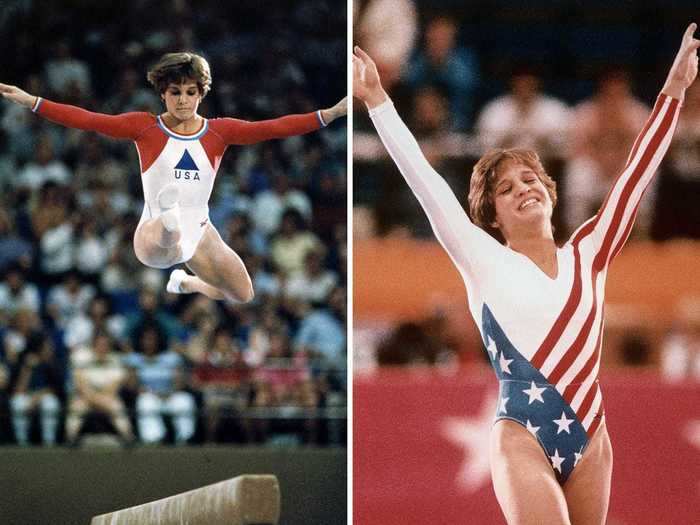
Source: The New York Times
Martha and Bela Karolyi - who coached Team USA from 1988 to 1996 - are responsible for many developments in leotard fashion. In the 1990s, they put American gymnasts in white leotards to show off their six-packs.
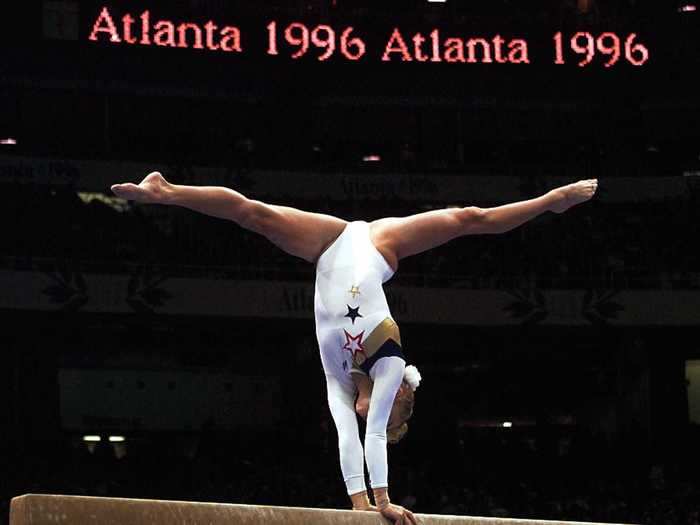
Source: The New York Times
Crushed velvet - a fleeting 1990s trend - made an appearance on China's leotards at the Sydney games in 2000.
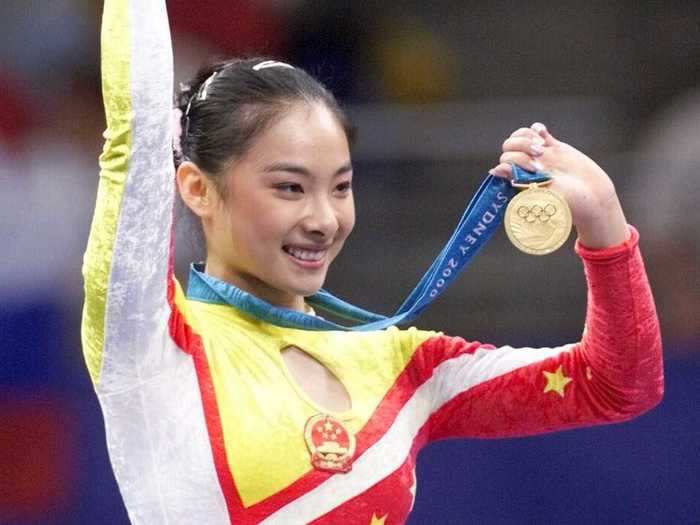
But the new millennium also brought about a more enduring trend in gymnastics leotards: sparkly crystals.
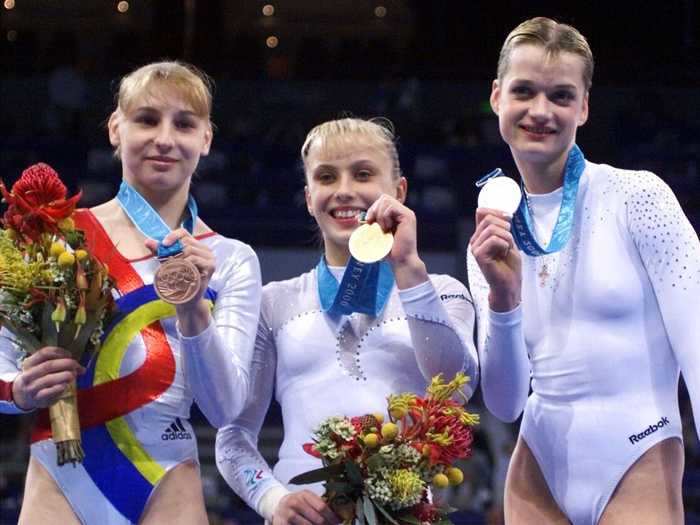
Source: The New York Times
Metallic fabrics also became more popular.
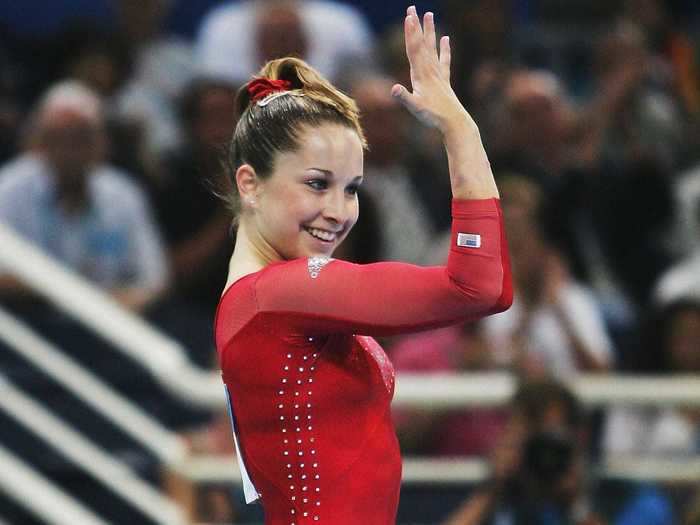
At the Beijing Games, graphic leotards had a brief moment.
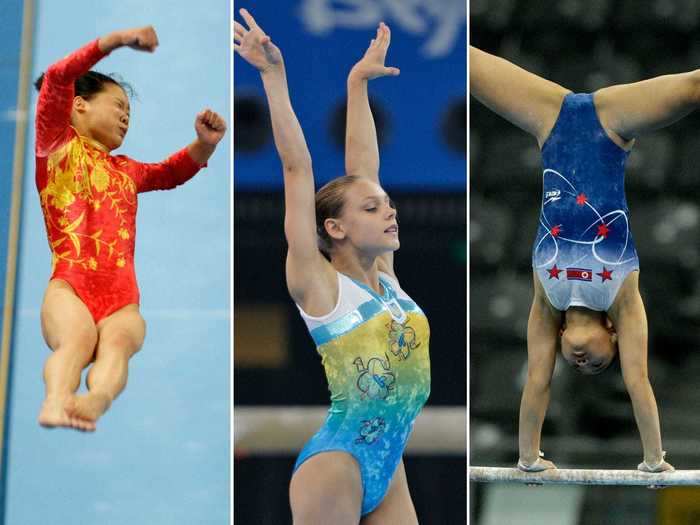
But sparkles had already become the prevailing style. Nastia Liukin wore a leotard with 184 crystals when she won the all-around gold medal in 2008.
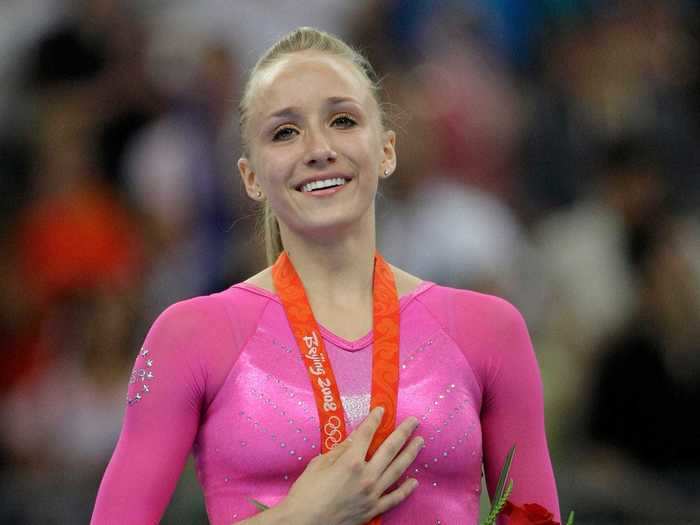
Source: The New York Times
Then, Gabby Douglas wore 1,188 crystals when she won the London all-around title in 2012.
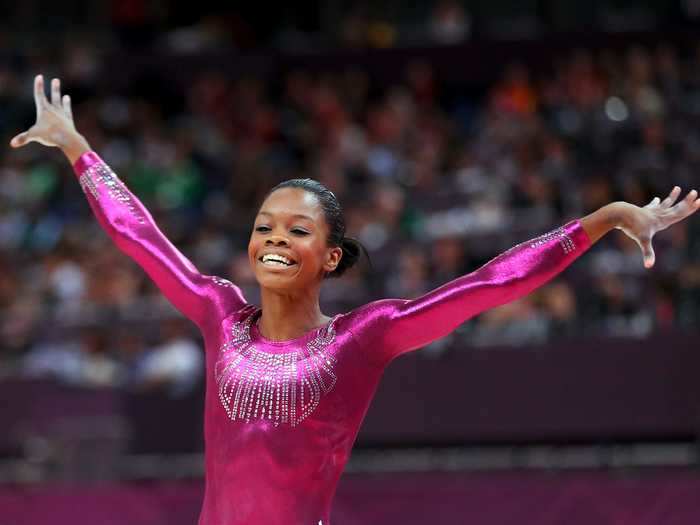
Source: The New York Times
Team USA wore leotards studded with 5,000 crystals each for the Rio Olympics in 2016. If they were sold in stores, the leotards would retail for $1,200 each.
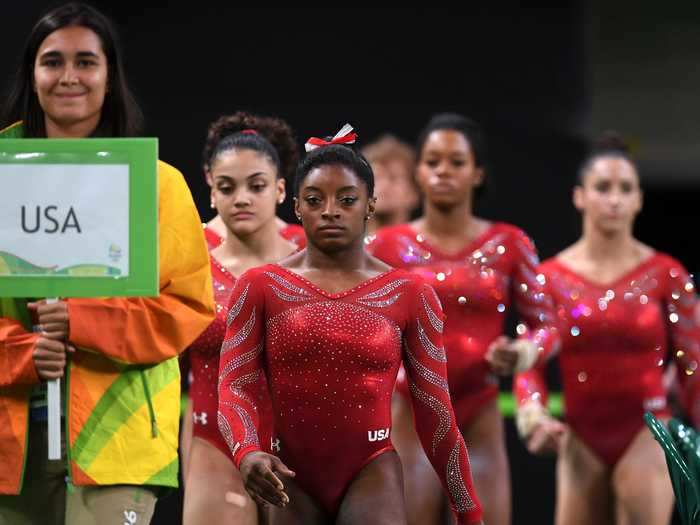
Source: The New York Times
"We may have hit peak crystal," Kelly McKeown, a designer executive for one of Team USA's outfitters, told The Times in 2016. "It's difficult for me to imagine how we could get more crystals on."
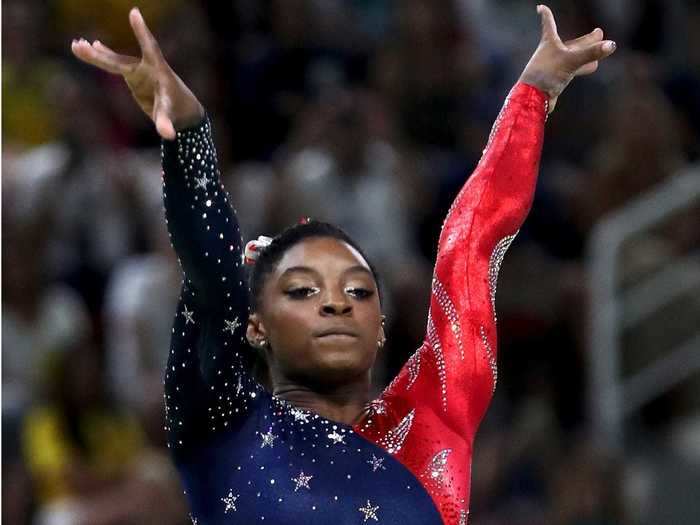
As she's continued to completely dominate the sport since Rio, Simone Biles has used her leotards to "hit back at the haters."
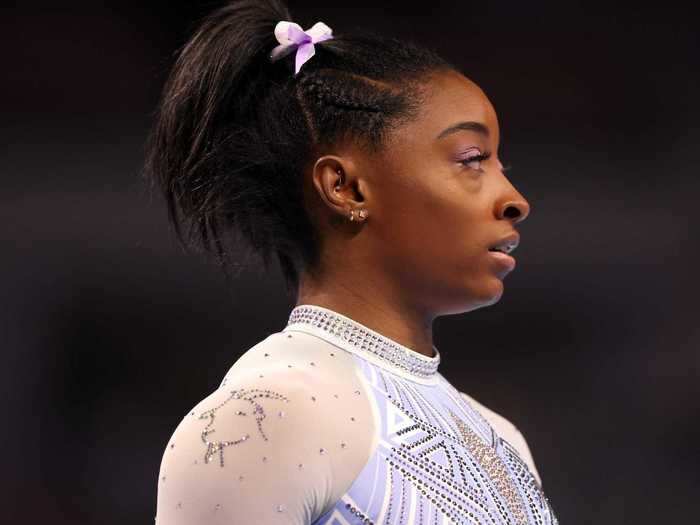
Biles made headlines when she began competing with a diamond-encrusted goat on her leotards, alluding to the fact that many call her the "G.O.A.T" (Greatest Of All Time) in gymnastics.
"I just hope that kids growing up watching this don't or aren't ashamed of being good at whatever they do," she told Marie Claire in June. "I want kids to learn that, yes, it's OK to acknowledge that you're good or even great at something."
Biles returned to the Olympics this week, and Team USA's leotards are proof that the sparkle trend definitely isn't going anywhere anytime soon.
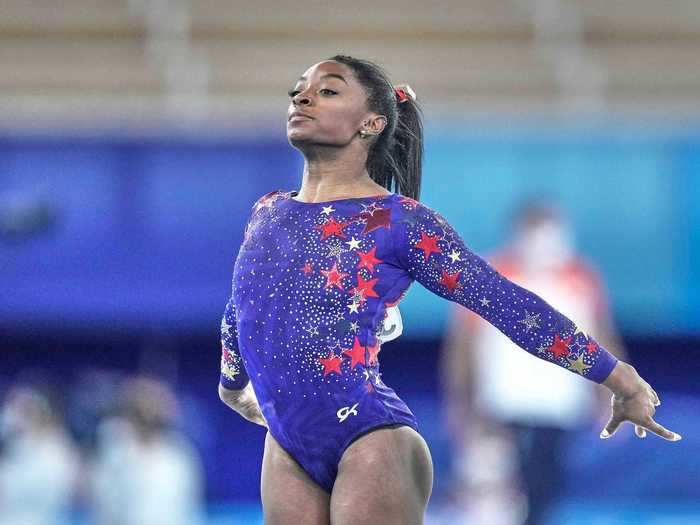
At this year's Olympics, it was also explained why Team USA wear different leotard colors during the competition.
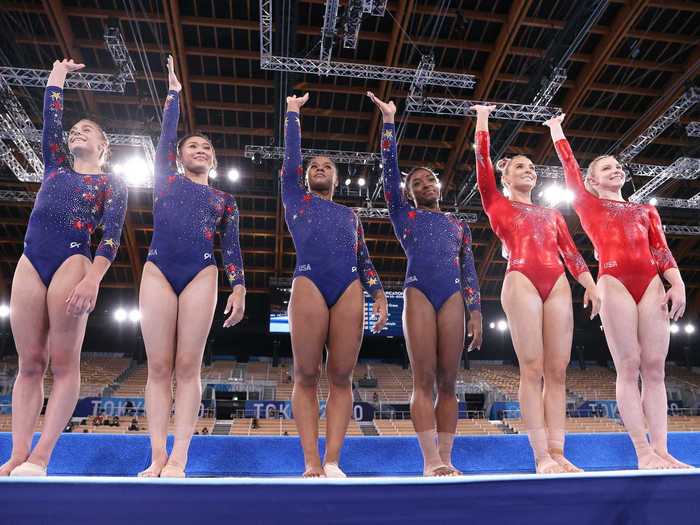
Laurie Hernandez, who won gold with the USA's gymnastics team at the 2016 Rio Olympics, explained that the gymnasts wearing blue leotards are competing in the team events, while those in the red leotards are only competing in individual events.
But this Olympics has seen new controversy over leotards. Germany's gymnastics team is wearing full bodysuits in protest of the sexualization of the sport.
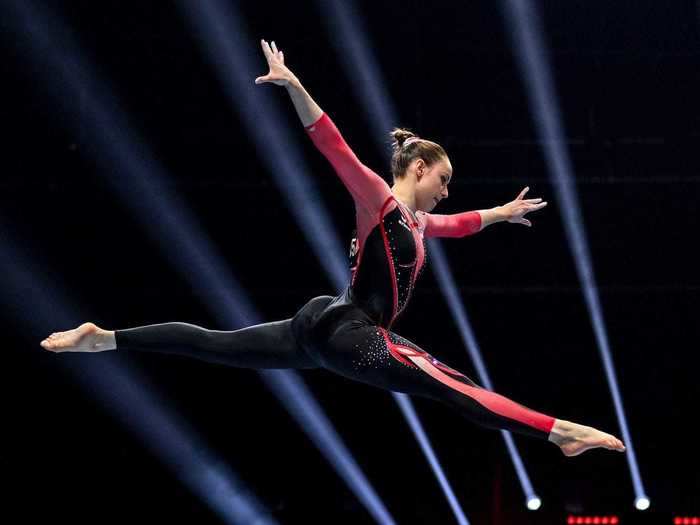
The protest first started in April when German gymnast Sarah Voss wore a bodysuit at the European Artistic Gymnastic Championships.
"Every time you don't feel safe it's distracting you from what you want to perform," Voss told the BBC at the time. "I think that feeling safe and not thinking about what other people can or cannot see is quite relieving when you can compete like that."
On Sunday, Voss and her teammates all wore bodysuits while competing in the gymnastics trials.
READ MORE ARTICLES ON
Popular Right Now
Popular Keywords
Advertisement